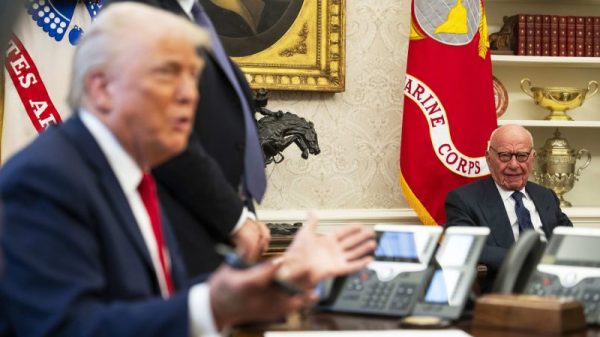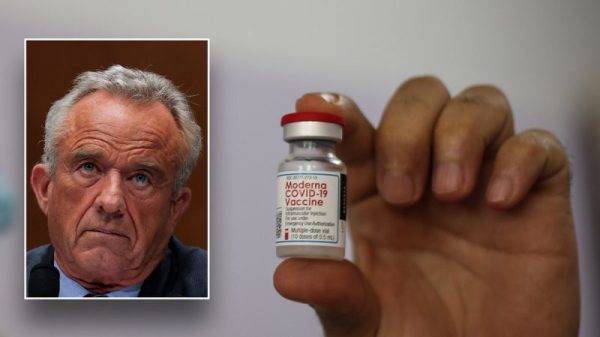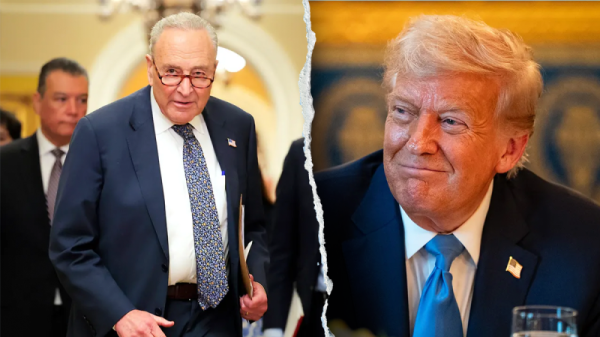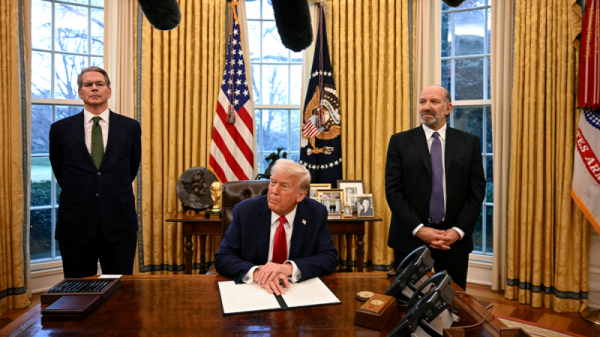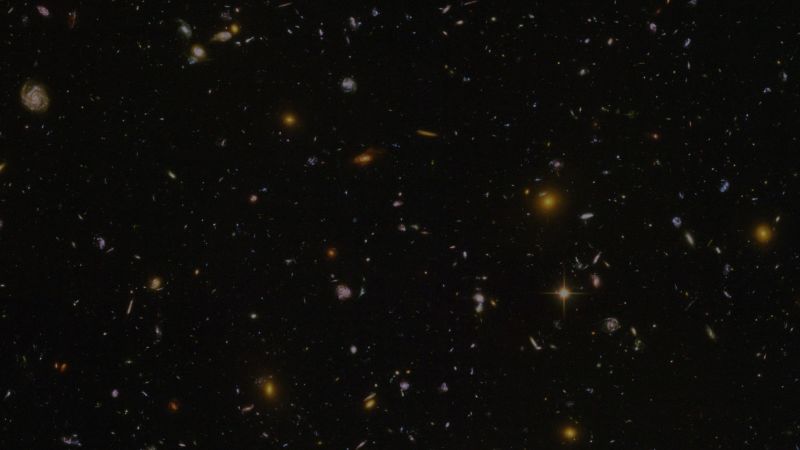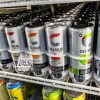The strikingly patterned ornate boxfish has no lack of detail when it comes to its hexagonal spots and keen stripes — the intricate markings are so sharp-edged in the species that it had engineers at the University of Colorado Boulder puzzling over how it came to have this distinctive appearance.
Alan Turing, a renowned mathematician who invented modern computing, proposed more than 70 years ago that animals got their patterns through the production of chemical agents that would diffuse through skin tissue, similar to the way creamer would in coffee. The chemicals would interact while other agents would inhibit their activity, resulting in pattern formation. But Turing’s theory didn’t explain how the patterns would remain so defined in a species such as the ornate boxfish.
The team of engineers at the University of Colorado Boulder explored how a mechanism called diffusiophoresis might create sharp patterns in a new study published Wednesday in the journal of Science Advances. Diffusiophoresis describes the movement of molecules suspended in a fluid in response to a concentration gradient of a separate chemical, causing the small particles, in this case chromatophores (pigment cells), to concentrate and clump together.
When the scientists computed Turing’s equation, modified to include this process, the simulations they generated showed the molecules’ path had always created sharp outlines, unlike the fuzzy, ill-defined spots that Turing’s theory alone would create.
“What we were kind of curious about really was that if it is diffusion, then the patterns should not be sharp … the colors should not be so striking,” said study coauthor Ankur Gupta, an assistant professor of chemical and biological engineering at the University of Colorado Boulder. “So, what gives that striking sharpness to these patterns? That’s where diffusiophoresis comes in.”
The engineers’ findings suggest that with the diffusion of chemical agents, chromatophores are also dragged along their trajectory in diffusiophoresis, creating spots and stripes with a much sharper outline, according to a news release on the study.
Gupta said he hopes the findings will promote further research on diffusiophoresis regarding embryo and tumor formation as well as camouflage and other species’ biological processes.
“The idea of sharpening interfaces is a good one, and definitely important for biological function,” said Dr. Andrew Krause, an assistant professor of applied mathematics at Durham University in the United Kingdom who has studied Turing’s theory, in an email.
“Mathematical ideas like diffusion do often lead to ‘smooth’ or continuous interfaces, whereas most boundaries in biological tissues (e.g., like the boundaries between your organs) are relatively rigid. … It is at least one possible way to sharpen regions of gene expression,” said Krause, who was not involved in the study.
Other possibilities to refine Turing’s theory
Turing’s hypothesis first appeared in 1952 in a paper he wrote titled “The Chemical Basis of Morphogenesis.” His theory argued that animal patterns were not random, but rather a chemical reaction-diffusion process that systematically creates the spots on a leopard or stripes on a tiger, according to the University of Warwick.
While diffusiophoresis is a suggested modification to sharpen Turing’s theory based on the recent study, there could be other possible solutions, said Jeremy Green, a professor of developmental biology at King’s College London.
“Cells are extremely sticky and are very unlikely to be moved by diffusiophoresis,” said Green, who was not involved in the study, in an email. “Cells moving to sharpen a Turing pattern (or indeed any boundary) is not a new idea, and can happen not only by chemotaxis (active cell migration) but also by other mechanisms.”
Green said he believes the study is likely to influence modeling and experimentation in the future, but there are still gaps in Turing’s theory yet to be explored. Green coauthored a February 2012 study that had found evidence to support Turing’s theory when it came to the ridges on a mouse’s palate.
“We did consider other possibilities in our paper and acknowledged that processes like chemotaxis, i.e., cell migration, are present,” Gupta said in an email. “We do not intend to claim that diffusiophoresis is the only mechanism, but rather it is present and has been underappreciated. Including diffusiophoresis helps improve the robustness of such predictions.”






